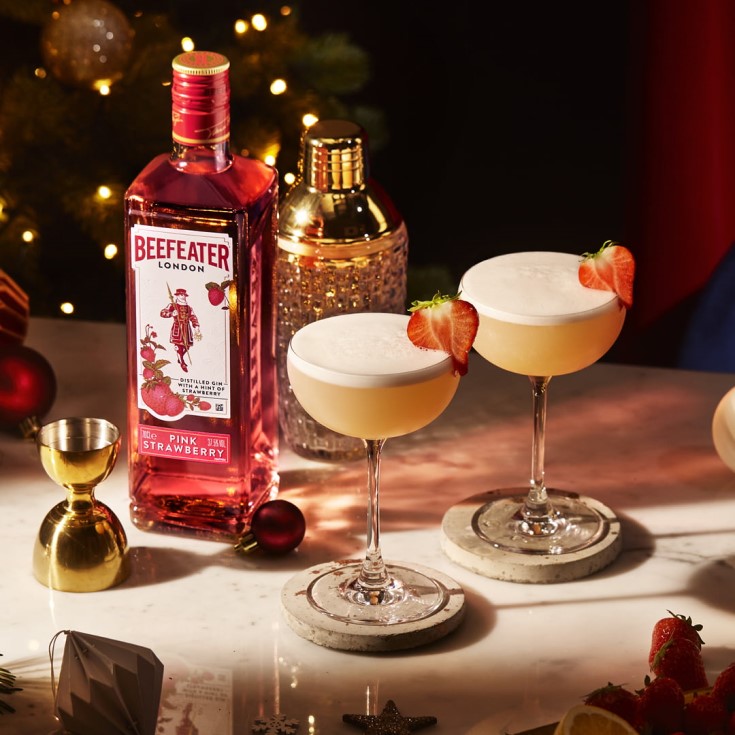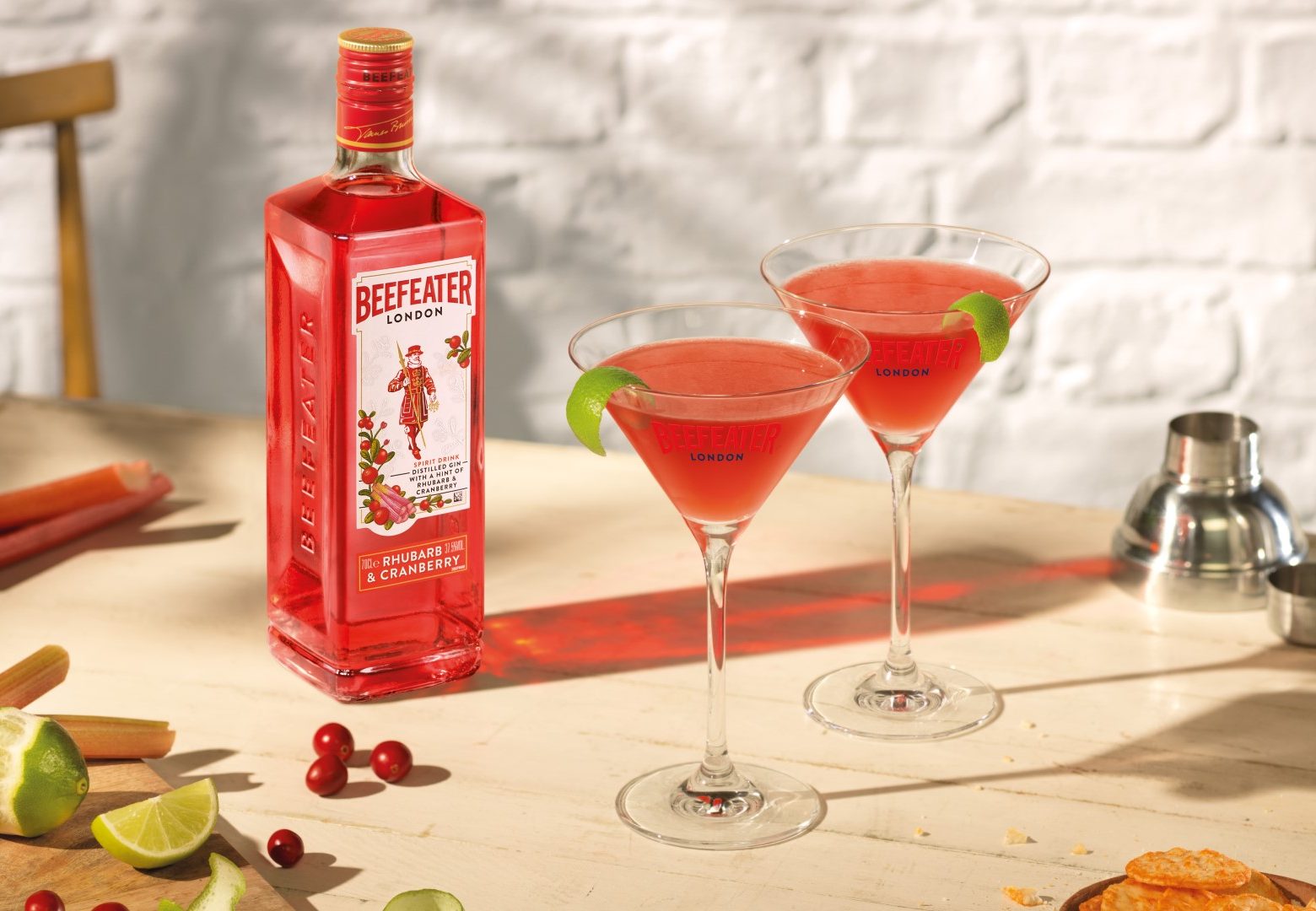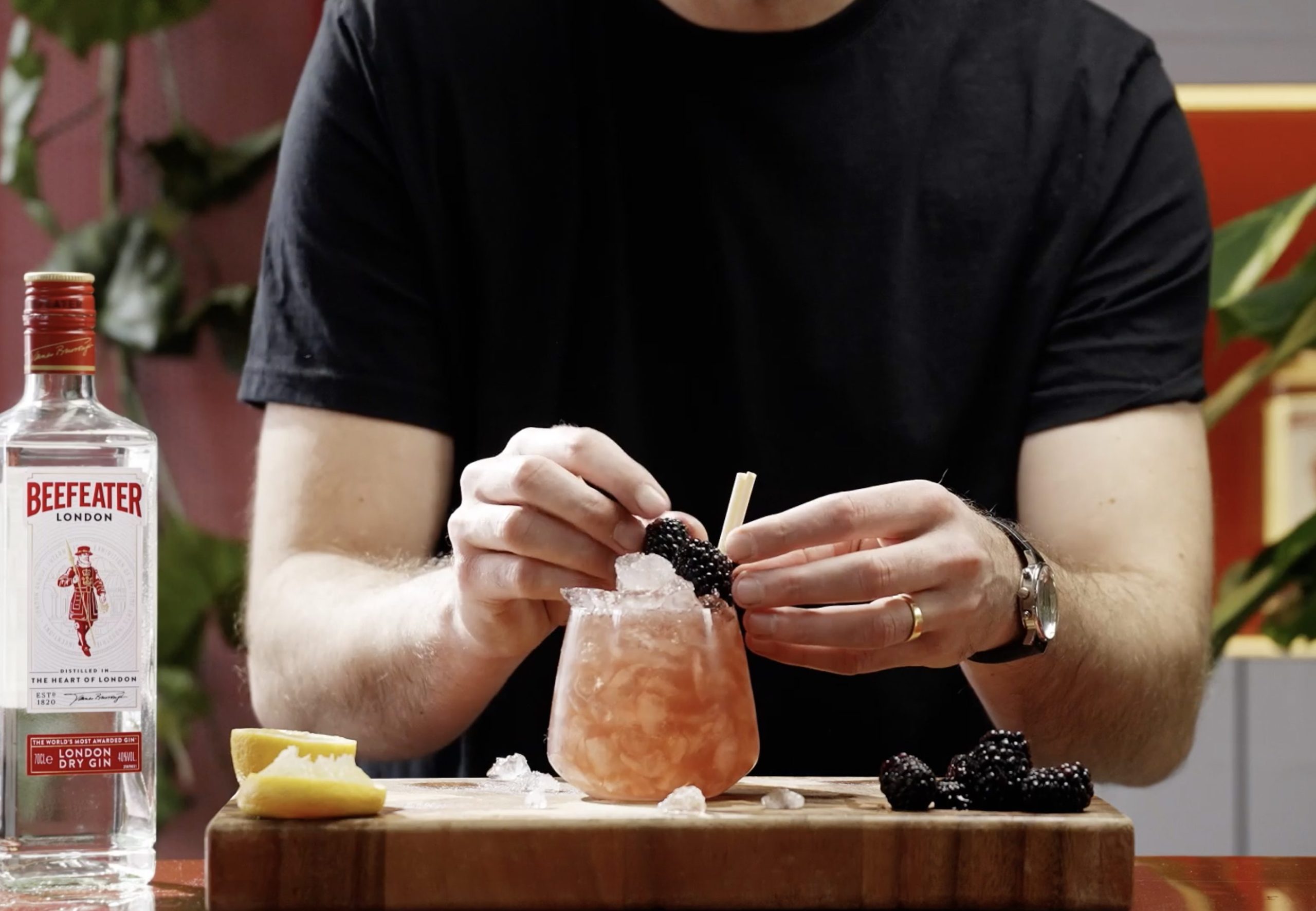how does gin get its flavour?
Before we delve into what gin tastes like, first we need to understand how it’s created and the ingredients used that give the spirit its recognisable flavour.
Gin is made from three ingredients; grin, water and juniper. Plus any other botanicals the creator chooses. To make it, the raw alcohol is distilled with the botanicals which infuse their flavour over time.
the main flavours of gin
To be legally called gin, the spirit must be flavoured with juniper berries which come from the juniper tree. These small fleshy seeds give gin its signature piney taste but are also crisp, refreshing and fruity.
Gin producers can use as much or as little juniper in their product as they like. So some gins can have a very strong juniper taste, whereas some are more influenced by other botanicals.
The most common botanicals used in gin are coriander seeds, orris root and angelica root. Whilst citrus fruits also play an important role – almost as big as juniper. Gin often has a strong zesty taste and smell due to ingredients such as orange peel and grapefruit being used in the distillation process. Together with juniper, these citrus botanicals are the most prominent in the flavour of gin.
If you look at bottles on the shop shelves, you’ll also find plenty of different spices, fruits, herbs and flowers that each contribute to the taste of gin. There’s no rules when it comes to experimenting with gin botanicals. Check out our guide to learn more about the botanicals in gin, including other ingredients that can be used.
types of gin and how they taste
Aside from botanicals, gin can also be flavoured with sweetener after distillation. This process is what differentiates the many different types of gin, each of which have their own flavour profile.
London Dry Gin
London Dry Gin is the original gin which is known for its dry, botanical flavour that is created from the mix of tart juniper berries and other botanicals. However to be classed as London Dry, it mustn’t include any artificial flavours or sweeteners.
As London’s only remaining historic dry gin, Beefeater London Dry is the gin of choice for those who prefer a remarkable clean flavour. Nine botanicals contribute to its bold juniper character and strong notes of citrus including Seville orange peel, almond, angelica seed and liquorice root.
Beefeater 24 is a premium Dry Gin that boasts a unique blend of 12 botanicals to deliver a more complex aroma. These include Chinese green tea, grapefruit peel and Japanese sencha.
Sweetened gins
Other types of gin mix in sugar, honey, liquorice or sweeteners to change the taste of the spirit. The most popular of which are Plymouth and Old Tom Gin.
These historical gins have a slightly sweeter taste than London Dry Gin, with Plymouth Gin being somewhat earthier and fruity, and Old Tom having a richer flavour. There’s also Genever gin (a maltier liquid heavily flavoured with juniper) and Navy Strength Gin, a stronger, more potent spirit.
Flavoured gins
Aside from the many types of gin, you’ll also find plenty of new flavoured spirits that incorporate different fruits to create sweet, colourful variations. The most popular is Pink Gin that uses natural strawberries for a light, pink finish, and Sloe Gin, which is often sipped during the festive season. Beefeater also has a delicious collection of flavoured gins which include Blood Orange, Rhubarb and Cranberry, Peach and Raspberry, and Zesty Lemon.
how does gin taste compared to vodka?
Many people think gin and vodka are interchangeable. But whilst they are both clear spirits, their taste is actually very different. Vodka is a smooth, neutral tasting spirit, whereas gin has more complex notes that come from the presence of juniper and other botanicals.
does gin taste good straight?
Some gins can be too harsh to drink neat. But if you select a premium gin such as Beefeater Dry Gin or Beefeater 24, you’ll be able to enjoy the spirit’s layered flavour profile on its own. Drinking gin straight is an excellent way to identify the individual botanicals and compare different expressions.
As you can see, gin is a complex spirit that doesn’t have just one flavour. The taste of gin depends on so many factors from the strength of the juniper, to the botanicals used and the type created.
The best way to discover what gin tastes like is to try it. Start by picking up a bottle of Beefeater Dry Gin and get sipping. You can try it neat or get creative with our collection of gin cocktails. From fruity to bitter, there’s a serve for every flavour.







